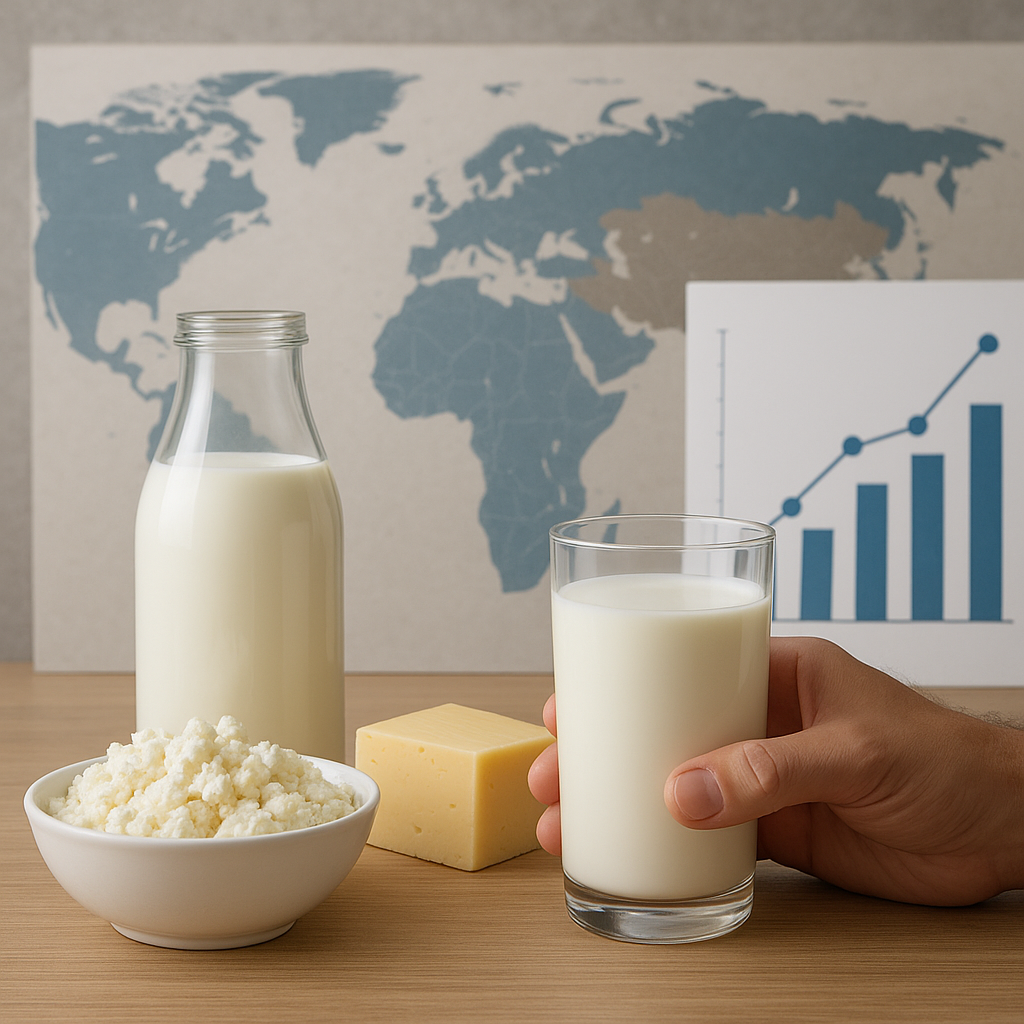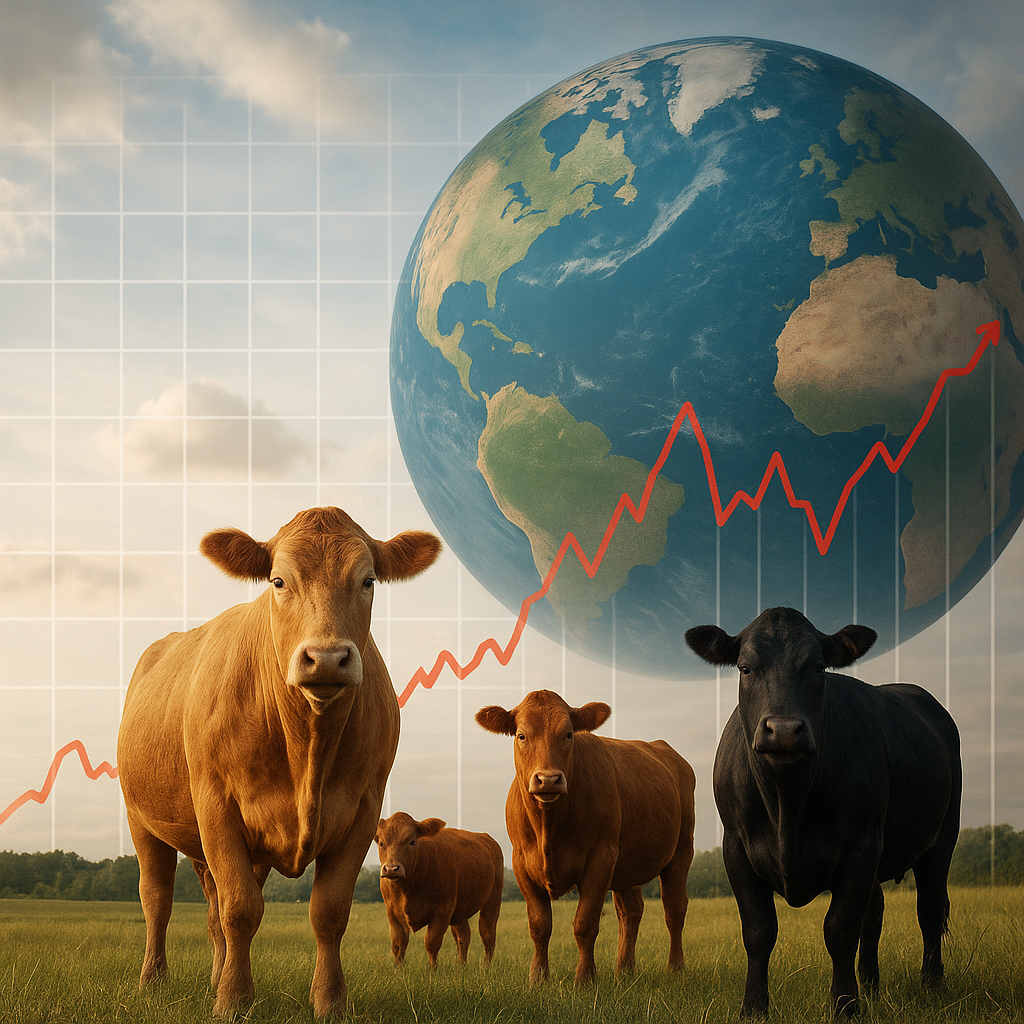The integration of artificial intelligence into modern agriculture is ushering in a transformative era for global food systems. By leveraging cutting-edge technologies, growers are overcoming persistent challenges such as resource scarcity, climate volatility, and labor shortages. Across diverse regions and crops, AI-driven tools are reshaping management strategies, optimizing inputs, and unlocking previously unattainable productivity gains. This exploration delves into the practical applications, benefits, and future trajectories of AI innovations in the broader global market for agriculture.
Precision Crop Management Through AI
Precision agriculture harnesses a suite of data-driven techniques to tailor farming practices to the specific needs of each field and even individual plants. At the heart of this revolution lies detailed spatial analysis enabled by sensor networks, which continuously monitor soil moisture, nutrient content, and microclimate variables. Farmers can apply fertilizers or water only where necessary, reducing waste and environmental impact. The targeted approach not only lowers operational costs but also enhances sustainability by preserving ecosystems and conserving scarce water resources.
Remote sensing platforms, including satellites and drone fleets, capture high-resolution imagery that reveals crop health indicators such as chlorophyll concentration and leaf temperature. When processed through sophisticated image recognition algorithms, these data identify issues like pest infestations or disease outbreaks at early stages. As a result, interventions become more timely and effective. Such precision interventions have driven average yield improvements of 10–20% in pilot projects, demonstrating the power of AI-enhanced monitoring to translate data into actionable insights.
Machine learning models refine nutrient and irrigation schedules by learning from historical performance data and real-time conditions. By correlating past yields with environmental factors, AI platforms generate predictive prescriptions that maximize outputs while minimizing inputs. This feedback loop constantly updates recommendations, ensuring that management plans evolve in response to changing weather patterns or soil conditions. The dynamic nature of these systems marks a major departure from static, calendar-based approaches that often lead to resource inefficiencies.
Case studies from major grain-producing regions illustrate the tangible benefits of precision techniques. In the U.S. Midwest, corn growers adopting AI-driven variable-rate applicators have recorded fertilizer savings up to 30% without sacrificing total yield. Similarly, vineyard managers in Europe report more uniform grape quality and fewer chemical treatments thanks to localized disease mapping. Such successes underline the scalability of precision agriculture solutions across diverse crop types and farm scales.
Advanced Data Analytics and Predictive Modeling
Behind every AI-enabled tool lies powerful analytics infrastructure capable of processing vast datasets from multiple sources. Weather forecasts, market trends, satellite imagery, and in-field sensors converge in cloud-based platforms to provide holistic insights. Artificial neural networks and decision-tree algorithms sift through this complexity, identifying patterns that human analysts might overlook. These predictive modeling techniques enable stakeholders to anticipate threats, optimize harvest timing, and align production volumes with anticipated demand.
For instance, machine learning algorithms can forecast disease outbreaks by analyzing humidity, temperature, leaf wetness, and historical occurrence records. When risk thresholds are exceeded, automated alerts prompt users to apply targeted treatments. This proactive stance prevents yield losses and reduces reliance on broad-spectrum pesticides, supporting integrated pest management strategies. The ability to forecast critical events weeks in advance empowers growers to plan logistics, labor deployment, and supply chain coordination with greater confidence.
Moreover, AI-driven price forecasting models integrate global commodity markets, currency fluctuations, and trade policy developments to predict future crop values. Farmers and cooperatives leverage these insights to decide when to sell or store grain stocks, maximizing revenue. In developing countries, mobile applications powered by these models provide smallholders with near-instant access to market intelligence previously available only to large agribusinesses. Such democratization of information fosters more equitable participation in agricultural value chains.
Industry consortia are standardizing data exchange protocols to enable seamless interoperability among different AI platforms. Open data initiatives encourage sharing anonymized performance records, enriching training datasets and accelerating algorithm improvements. As more stakeholders contribute, predictive accuracies continue to climb, reinforcing the virtuous cycle of collaborative innovation in the agriculture global market.
Automation and Robotics in the Field
Robotic systems equipped with computer vision and AI controllers are increasingly common in planting, weeding, and harvesting operations. Autonomous tractors navigate fields using GPS guidance and real-time obstacle detection, reducing labor demands on large-scale farms. At the micro level, specialized weeding robots identify individual weeds by their shape and color signatures, mechanically removing them without herbicides. This approach bolsters environmental health and crop quality, aligning with ambitious sustainability goals.
Harvesting robots for delicate fruits and vegetables utilize soft grippers and vision algorithms to assess ripeness before picking. Unlike traditional machinery that can bruise or damage produce, these robots adapt to each fruit’s shape and orientation, maintaining high-quality standards. Early adopters in greenhouse operations report labor cost reductions of up to 40% and significant improvements in post-harvest shelf life. Advances in AI-driven tactile sensors and reinforcement learning promise further refinements, enabling robots to handle an expanding array of crops.
Integration between autonomous platforms and farm management software creates end-to-end workflows. Tasks such as route optimization, maintenance scheduling, and energy usage are coordinated automatically to maximize efficiency. Fleet management interfaces allow operators to oversee multiple machines across several sites, receiving live performance metrics and alerts. This convergence of machine learning and robotics extends beyond large estates—cooperative models are emerging, where smallholders share access to automated equipment services via pay-per-use arrangements.
As industrial-grade robotics costs decline, adoption barriers shrink for mid-sized farms. Governments and development agencies are launching pilot programs to deploy robotic tools in regions facing acute labor shortages. The long-term vision sees fleets of collaborative robots working day and night, safely side by side with human teams. This hybrid approach aims to boost productivity, improve working conditions, and mitigate the workforce challenges exacerbated by rural-urban migration trends.
Addressing Challenges and Scaling Adoption
Despite the promise of AI in agriculture, several hurdles impede full-scale implementation. Data privacy and ownership concerns arise when farmers share sensitive production records with third-party tech providers. Transparent governance frameworks and secure data encryption methods are critical to build trust. In parallel, digital literacy programs help growers interpret AI-generated insights and integrate them into daily practices effectively.
Infrastructure limitations in remote or under-resourced areas pose additional obstacles. Reliable connectivity is essential for real-time data transfer and cloud-based computations. Initiatives to expand rural broadband and low-Earth-orbit satellite internet services are bridging this gap, enabling smallholders to access AI applications directly from smartphones. Public-private partnerships are key to funding these network upgrades, democratizing access to next-generation agricultural technologies.
Economic viability depends on clear return-on-investment metrics. Demonstration farms and extension services play a vital role in validating AI tool benefits under local conditions. Subsidy schemes and low-interest loan programs encourage early adopters to invest in trial deployments. When combined with membership in digital cooperatives, these support mechanisms drive collective bargaining power for hardware and software licensing, reducing per-farm costs.
Looking ahead, interoperability standards, ethical AI guidelines, and continuous stakeholder collaboration will determine the pace of innovation diffusion. As algorithms mature, the agriculture sector stands poised to meet future food security challenges while promoting environmental stewardship. The convergence of drone-based monitoring, edge computing, and advanced analytics heralds an era where data-driven decisions become the backbone of resilient, efficient, and profitable farming operations worldwide.



